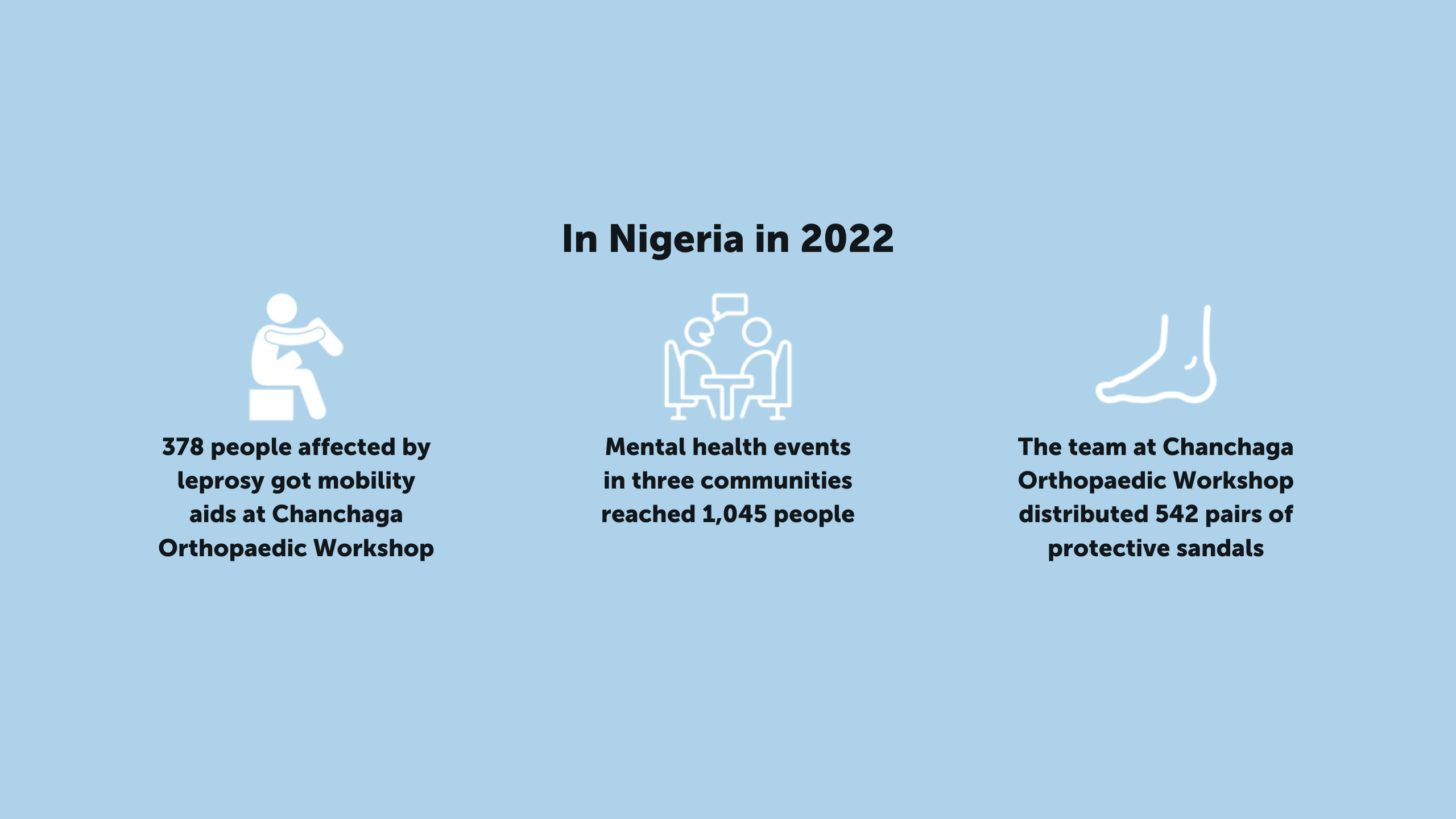Game-changing research and innovations
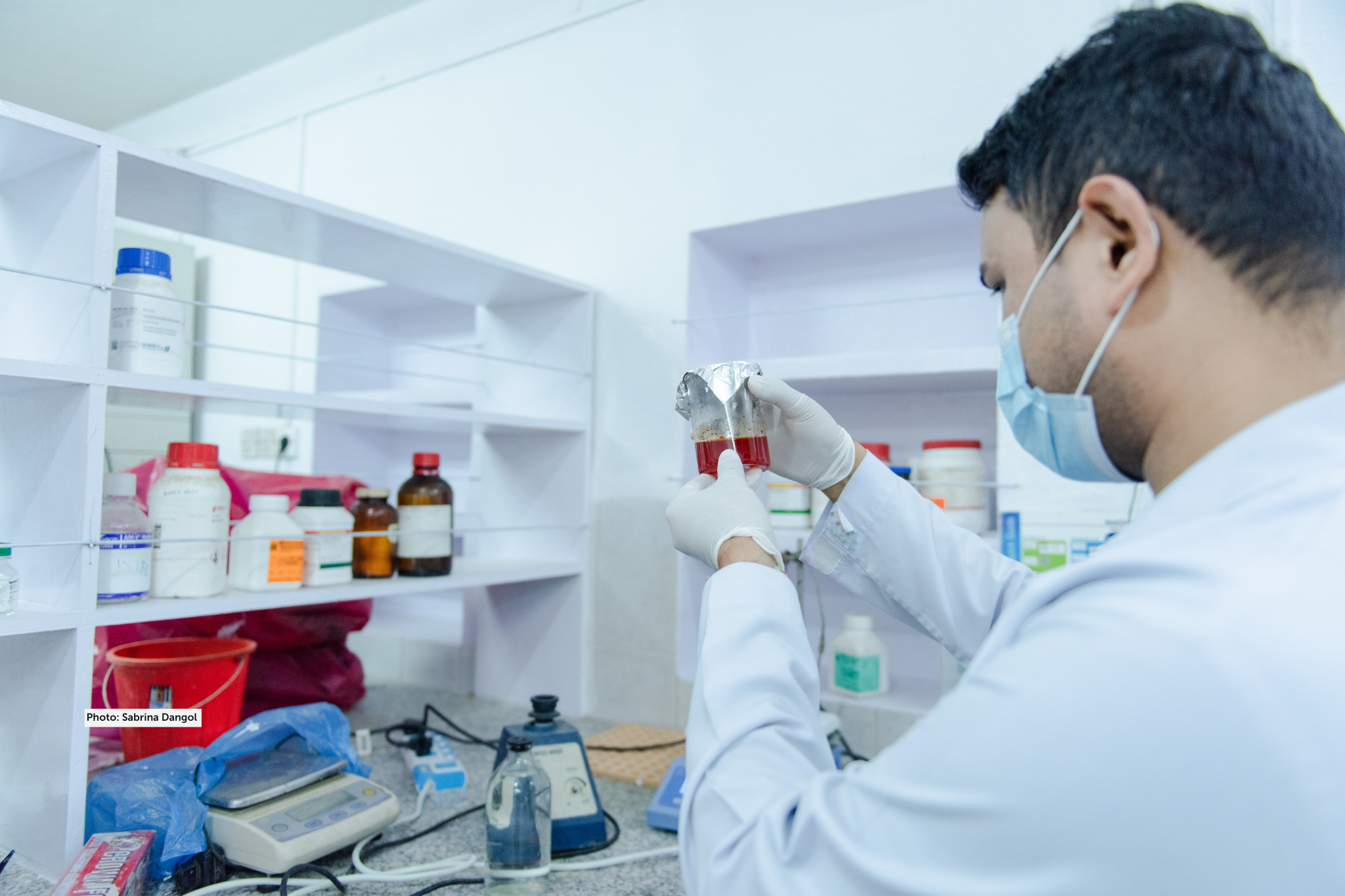
Thanks to you, a brand-new research centre in Nepal will help to end leprosy forever!
Construction of the new research centre at Anandaban will begin in summer 2023 and the centre should be up and running by 2025.
The new research centre will have dedicated areas for research, spread across four floors. It will be built from robust and sustainable materials. A reinforced concrete structure will make the building earthquake-resistant.
We are excited to share the artistic impressions of the research centre with you, before construction begins later this year.
Your gifts mean that scientific breakthroughs and medical miracles will continue in this special place.
An artist's impression of the research centre. This is the first view visitors will see as they come up the entrance to the hospital.
An artist's impression of the lab stations within the research centre.
An artist's impression of the patient entrance to the research centre.
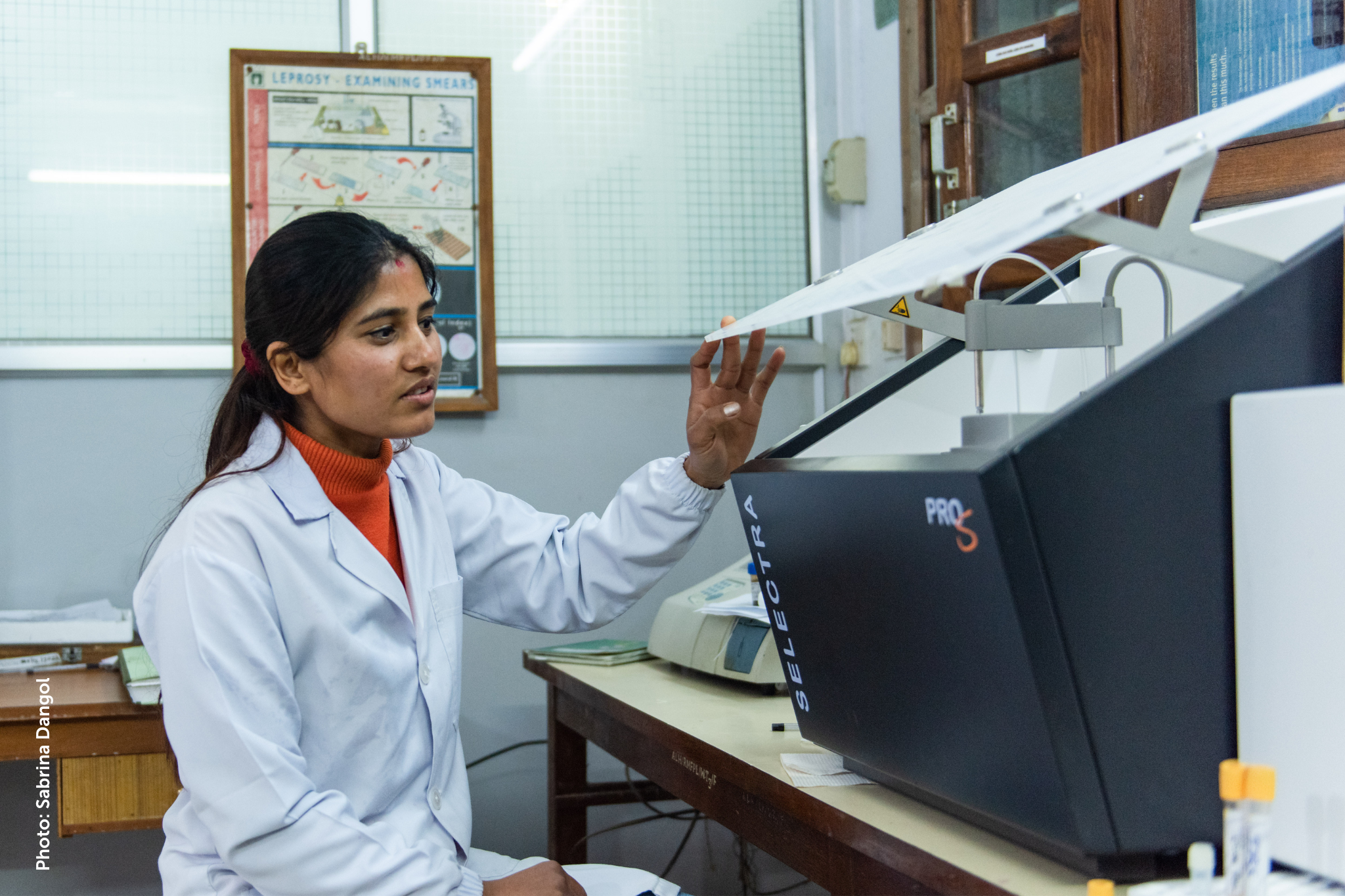
Game-changing research in the pipeline
There are millions of people with leprosy today who need treatment. Research shows that only 5% of leprosy cases are being correctly diagnosed and cured globally. A swift and accurate diagnosis is critical to prevent disability, but it takes a high level of clinical skill and often a lab skin smear. By the time many people are correctly diagnosed and given the cure for leprosy, too much damage has already been done.
An 'on-the-spot' test for leprosy would be a game-changer. It would enable a person to be diagnosed without leaving their community. Such a test would allow more people to be cured than ever before.
The great news is that research for two on-the-spot diagnostic tests is underway at Anandaban!
The first is a finger-prick lateral flow test. The test uses biological markers to show someone's exposure to leprosy bacteria. Scientists at Anandaban are currently identifying the best combination of these markers.
A second diagnostic test using a smartphone is also being researched. An adjusted smartphone camera would determine if a skin lesion was caused by leprosy. Simple tests like these could diagnose millions of cases and bring the end of leprosy even closer.
Your support for the new research centre will enable our team to develop even more innovative tools to fight leprosy. You will help to take our research to even greater heights.
Left: Sabina Khadka works as a lab technician in the current research laboratory at Anandaban Hospital.
Below left: Rita laughing with her friends at the hospital, where she is getting treatment and going to self-care classes.
Below right: Gopal came to Anandaban when he was just 10 years old for leprosy treatment. Now, he works at the self-care unit, helping leprosy patients to feel more independent.
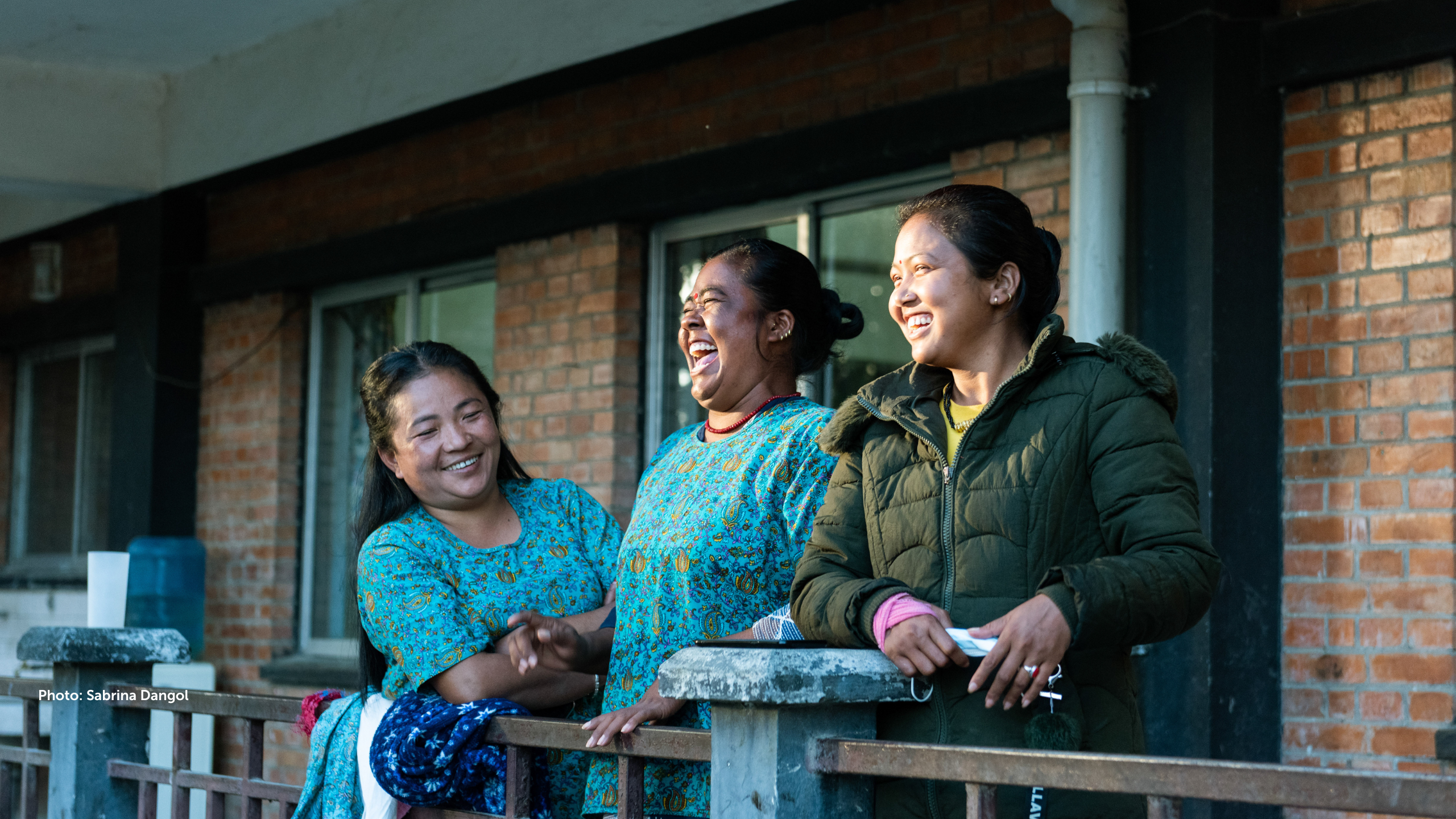
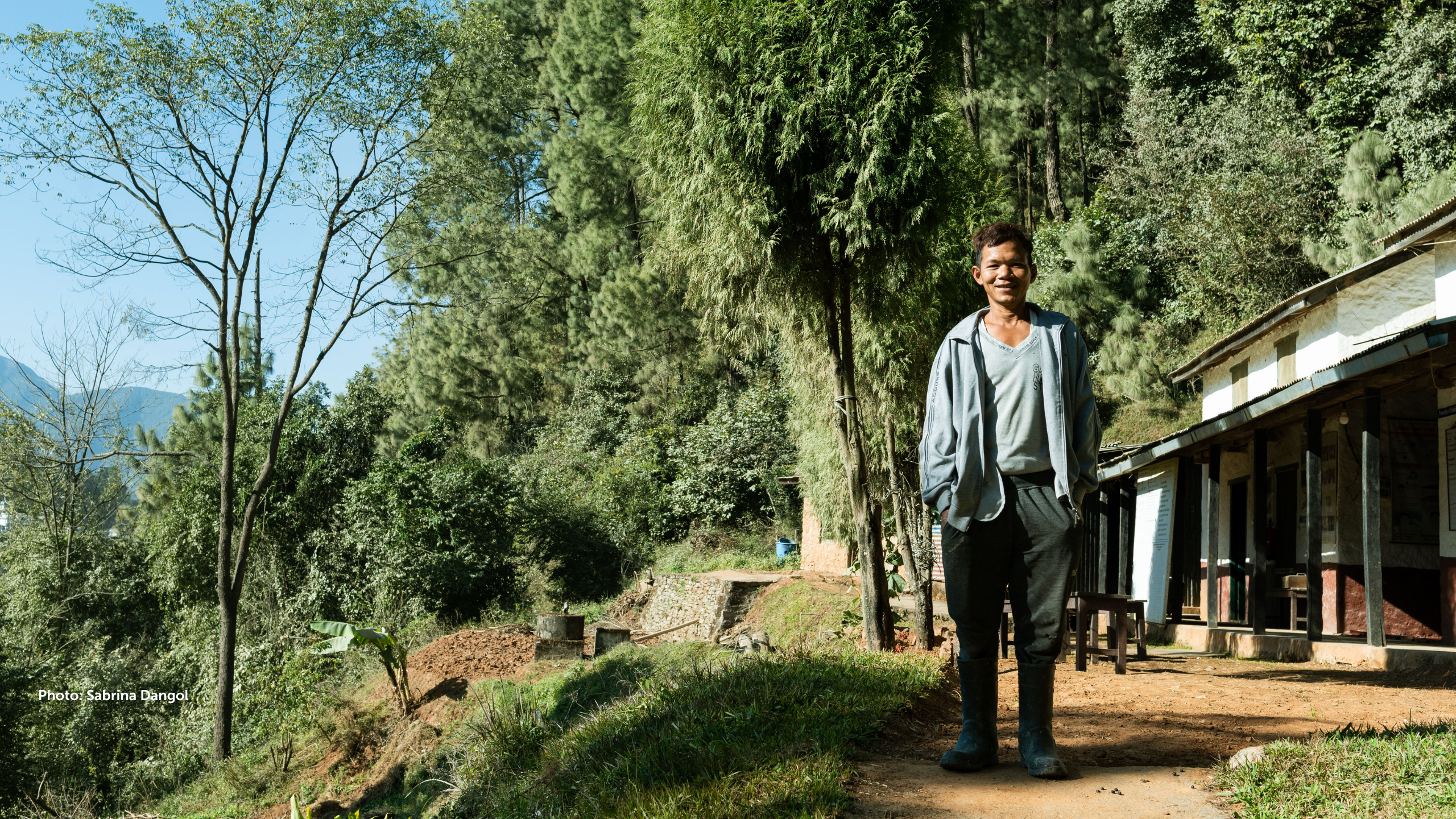


Restoring independence through innovation in Nigeria
In Asia and Africa, life can be exceptionally hard for people with disabilities.
They can struggle to get even the most basic pair of crutches and can be reduced to shuffling on the floor to move between places. Having lost their freedom, they are also robbed of their dignity. It is the shame, on top of their disabilities, that often makes them unable to leave their homes.
Your gifts have changed the lives of many thousands of people in Nigeria. It is thanks to you that the Chanchaga Orthopaedic Workshop in Minna is able to make prosthetic limbs, foot and hand braces, and moulded shoes.
It also distributes other devices including crutches, wheelchairs, and protective footwear. These are provided free of charge to people affected by leprosy.
Through your generosity, you have restored independence to countless people.
We are excited to report that in 2022 there was a new development at Chanchaga. The team of technicians made and fitted arm prostheses for the first time. Making the arm sockets requires a higher level of technical skill and there is a now a waiting list for these new arms.
Right: Nuhu's leg had to be amputed because of leprosy. At Chanchaga Orhopaedic Workshop, he was fitted with an artificial leg, and got the rehabilitation support he needed too.
Below: the team working at Chanchaga, which is one of only a few orthopaedic workshops in Nigeria
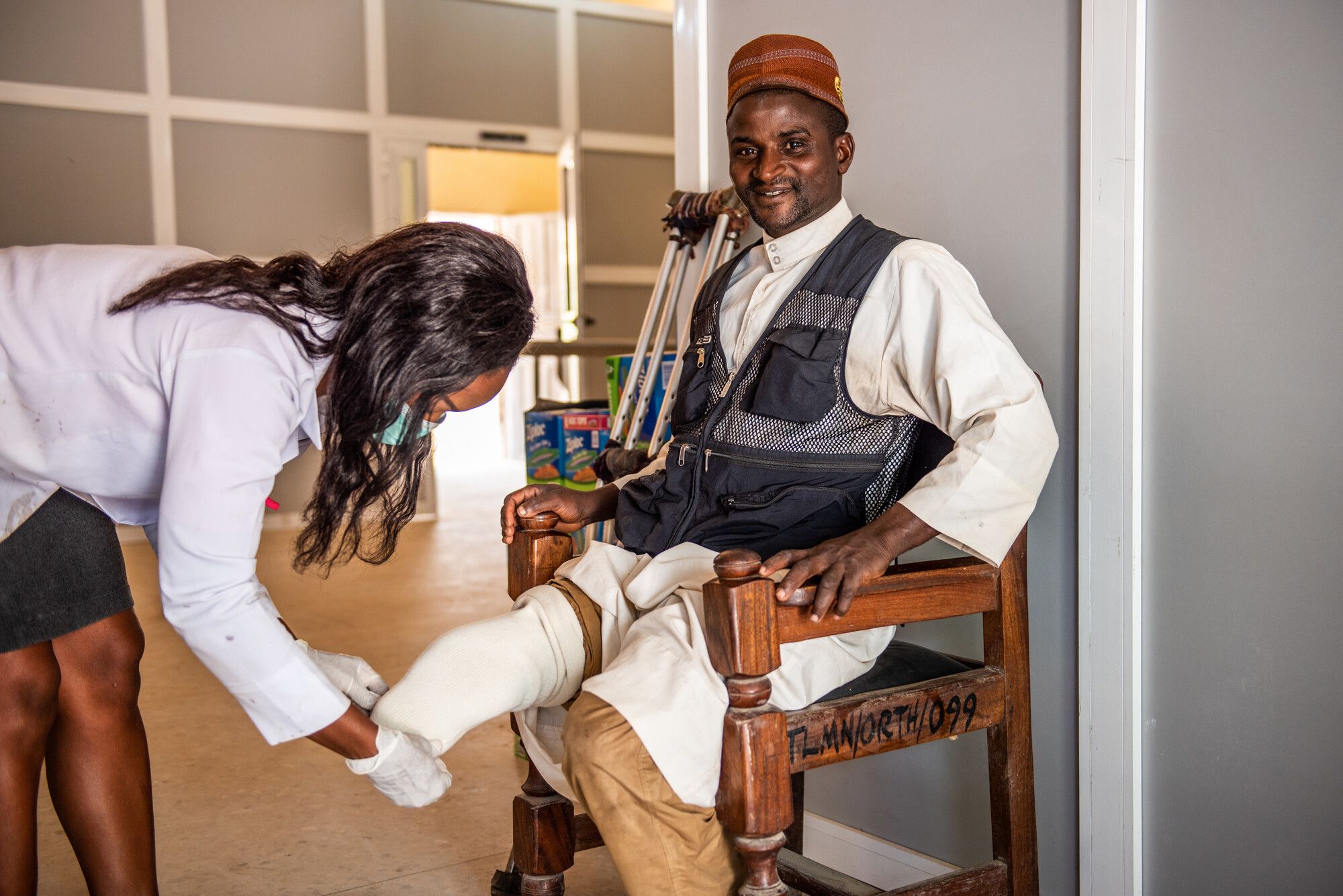
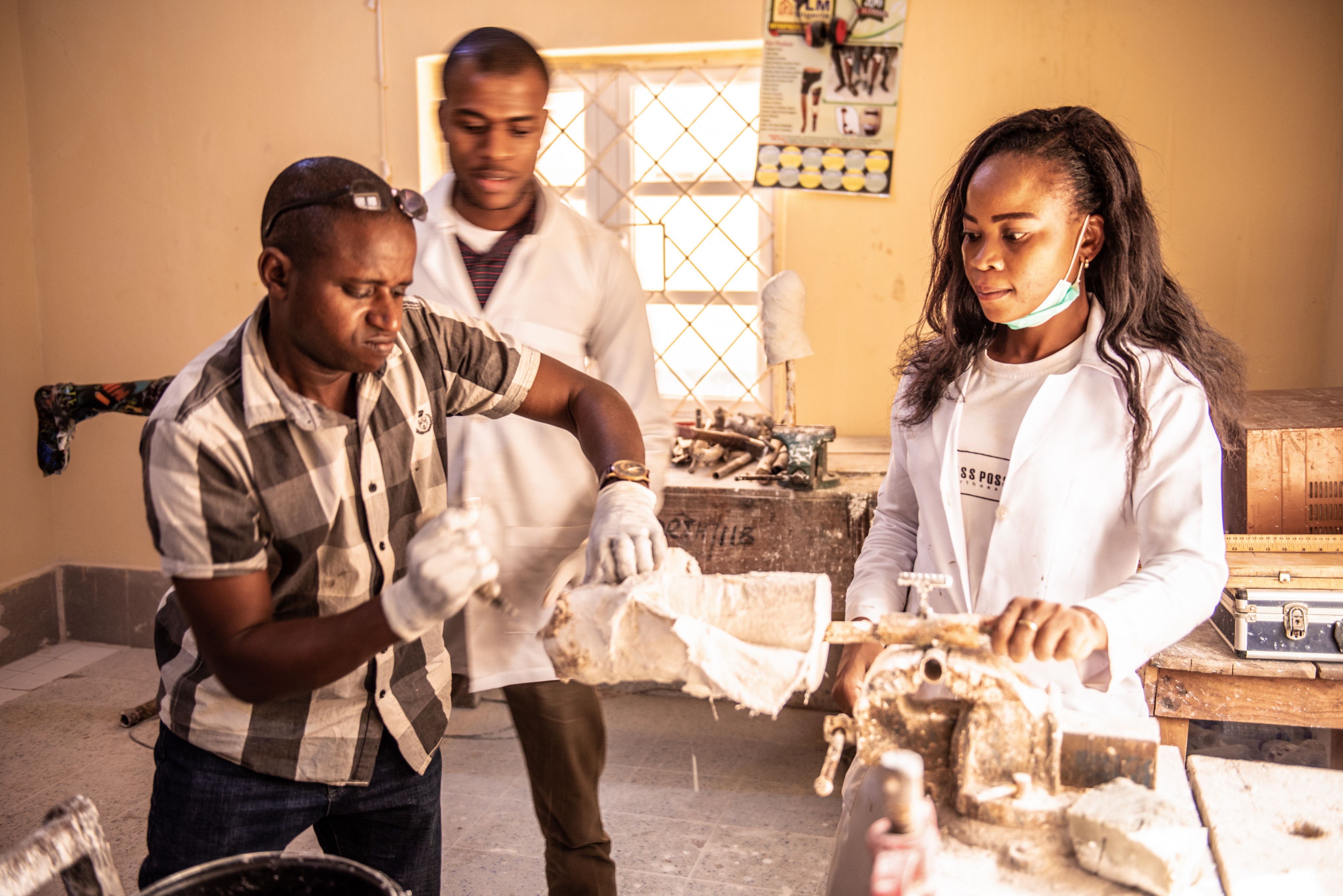
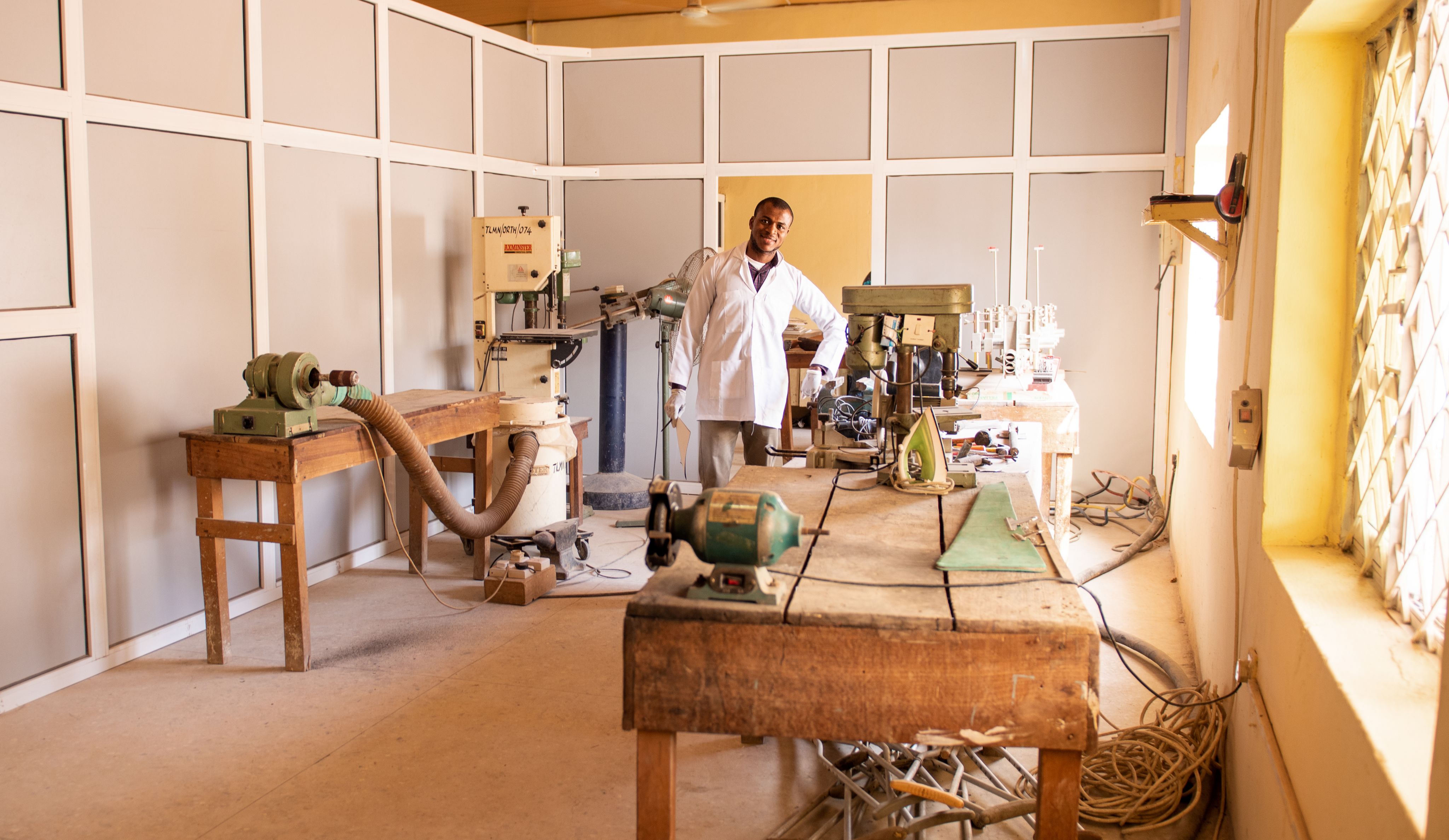


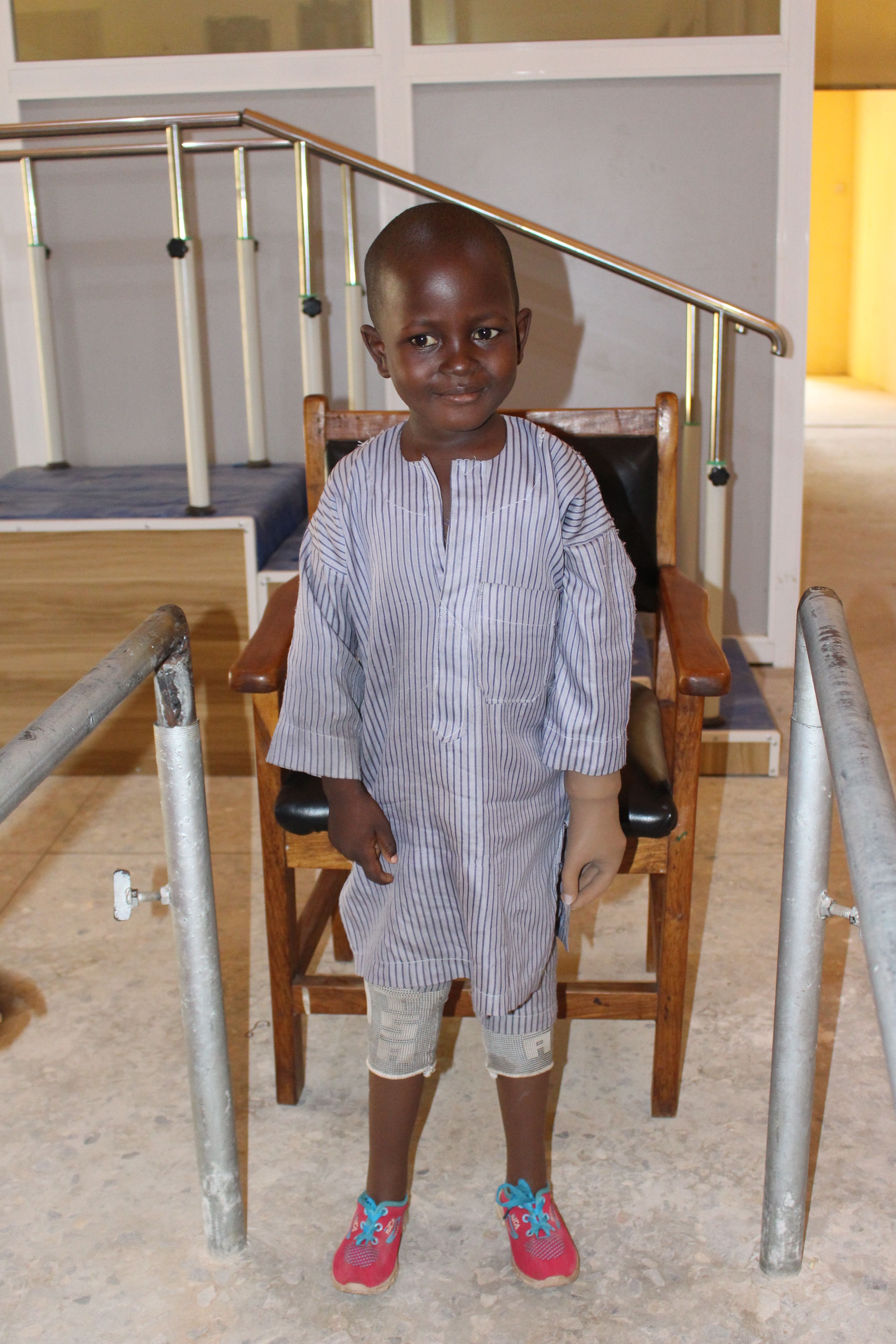
Ibrahim's story
Little Ibrahim was the first person to receive a prosthetic arm at Chanchaga. The young boy was left fighting for his life after he tried to plug a phone charger into a high voltage socket. The nine-year-old was electrocuted and instantly lost consciousness.
After 24 hours in a coma, medics had no option but to amputate his right leg below the knee and his left arm below the elbow. This drastic measure was the only way to save his life.
Ibrahim's father is a farmer. Every penny he had was spent on medical care to keep Ibrahim alive. He was told Ibrahim would benefit from prosthetic limbs, but there was no money left. He was mortified.
Then he learnt about the work at Chanchaga. Although Ibrahim is not affected by leprosy, the staff at Chanchaga were so moved by his story that they offered to make him a prosthetic arm and leg free of charge.
We cannot thank you enough for giving this young boy the chance to start again. It is because of you that he is now back at school where he is happy and doing well. His two new prosthetic limbs help him to feel confident and able to play with his friends. Both Ibrahim and his father are full of gratitude for what you have done.
It is wonderful to see children like Ibrahim benefit from the new prosthetic arms and there are even more developments in the pipeline.
Members of the Chanchaga team are being trained to make myoelectric prosthetic arms. These specialist limbs enable a person to grip using a prosthetic hand. The movement is activated through muscle activity in their remaining upper arm.
Thank you for giving the gift of innovation and making all of this possible.
Left: Ibrahim was the first person to receive a prosthetic arm at Chanchaga. Thanks to your support, he feels confident at school and is able to still play with his friends.
